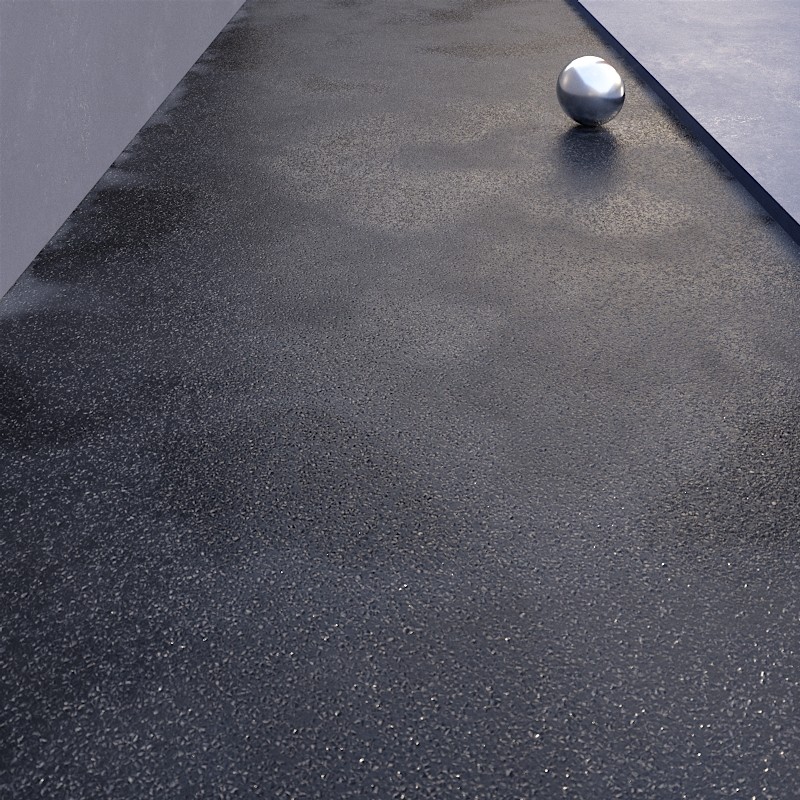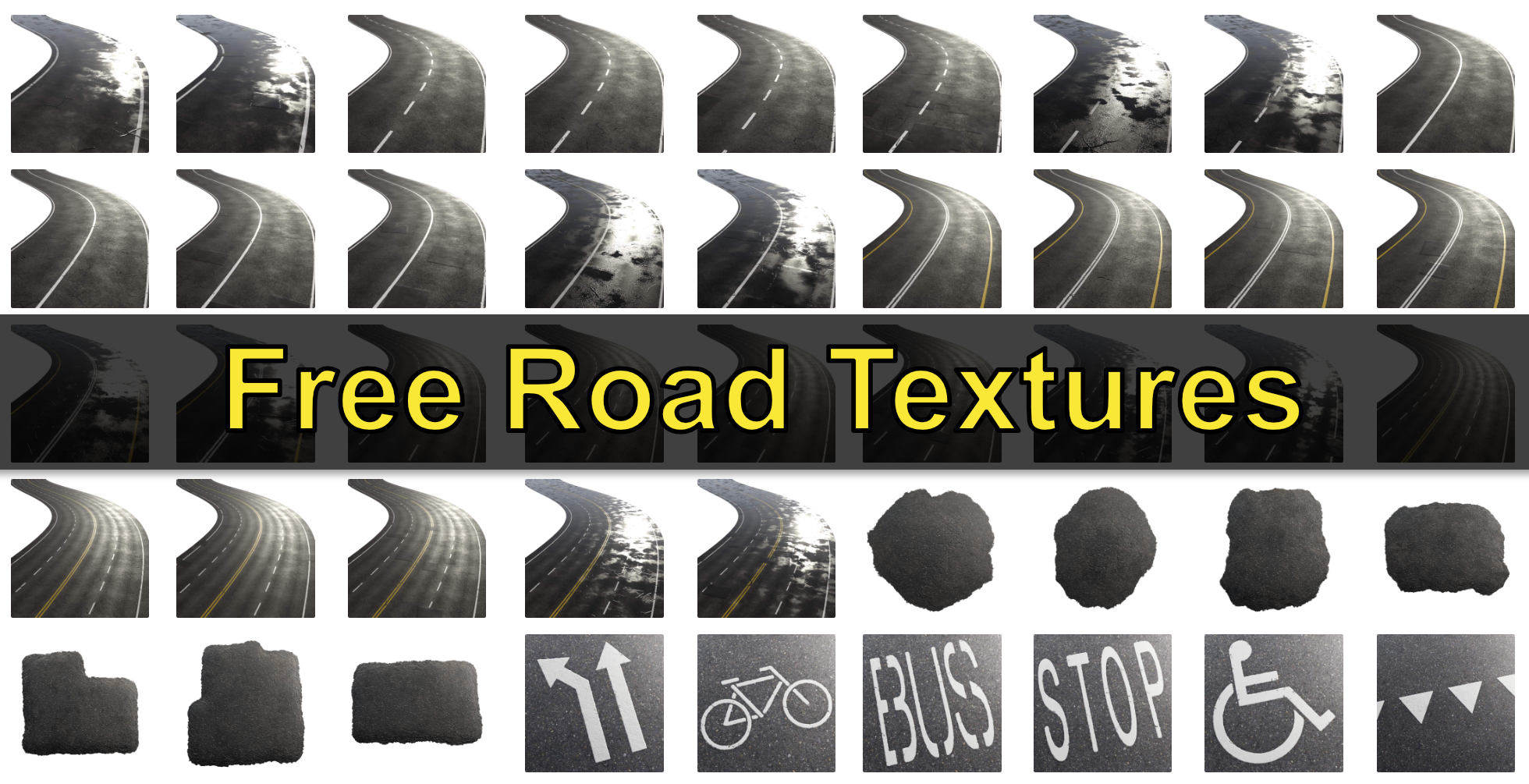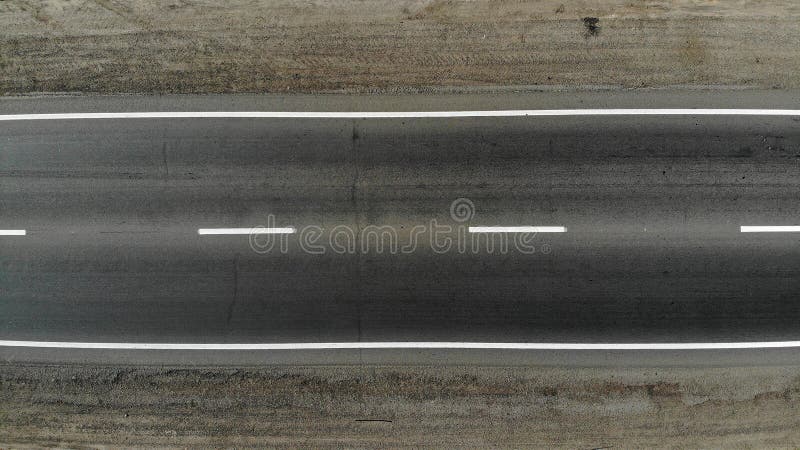


This is the biggest shortener of asphalt’s lifespan. Because asphalt is naturally more flexible than concrete ( asphalt in its natural form is actually a liquid), the continual pressure eventually causes it to deform. However, most of asphalts degradation comes from constantly being driven over by cars. First of all, asphalt does not last as long as concrete does. Though we believe asphalt is definitely the best tool for the job, it doesn’t come without its weaknesses. It lasts about 30% longer than asphalt, and requires no sort of maintenance until it inevitably cracks.īoth asphalt and concrete can be colored or styled to look however people want, though this drives up costs considerably. Asphalt is naturally more porous than concrete, and snow can more easily melt and run off there.Ĭoncrete also has some strengths worth mentioning. Certain kinds of asphalt, like porous asphalt, are extremely resilient to freezing and collecting snow.
#Best asphalt texture crack#
Another of asphalt’s strengths is that it is easily and cheaply repaired, so a large crack doesn’t mean that you need to get your trail redone.įinally, asphalt is safer than concrete. An asphalt trail is ready for riders the day after it is put down. Strengths of asphalt and concreteĪsphalt is the most common material for bike paths today, and with good reason-it has the best cost/lifespan ratio of all the materials. Despite that, there are debates about which material is better for trails, and we hope to clear that up for you today.

Asphalt is commonly found in roads-in fact, 95% of the paved roads in America use asphalt-and concrete is mainly used for sidewalks. They have both been around for the same amount of time-about 300 years-and they both have large presences in everyday life. The two most popular building materials for trails are asphalt and concrete.


 0 kommentar(er)
0 kommentar(er)
